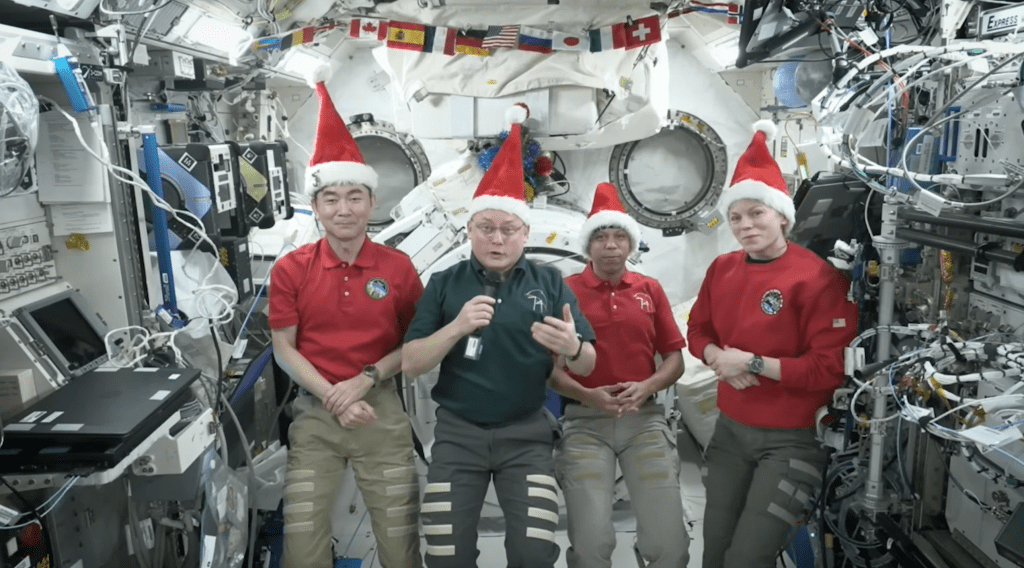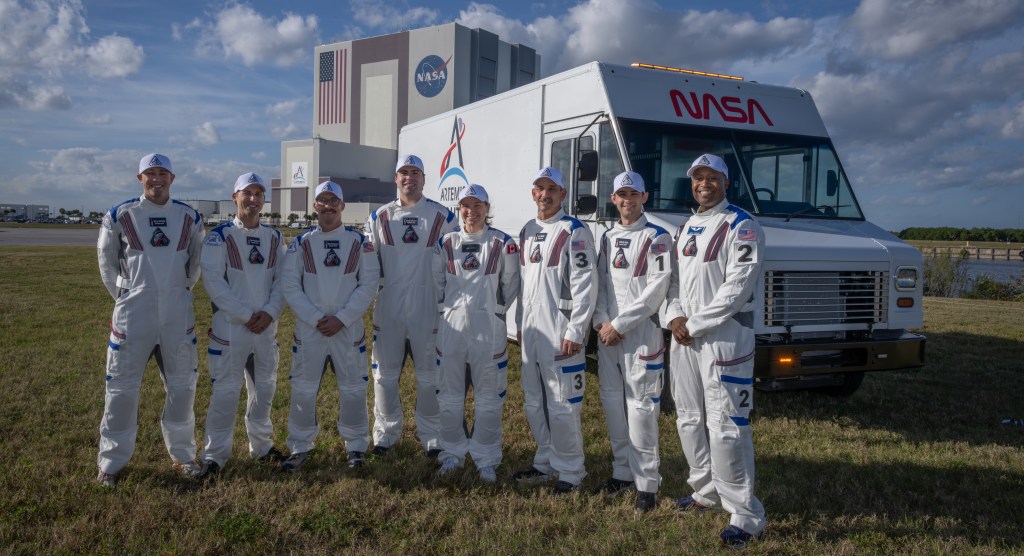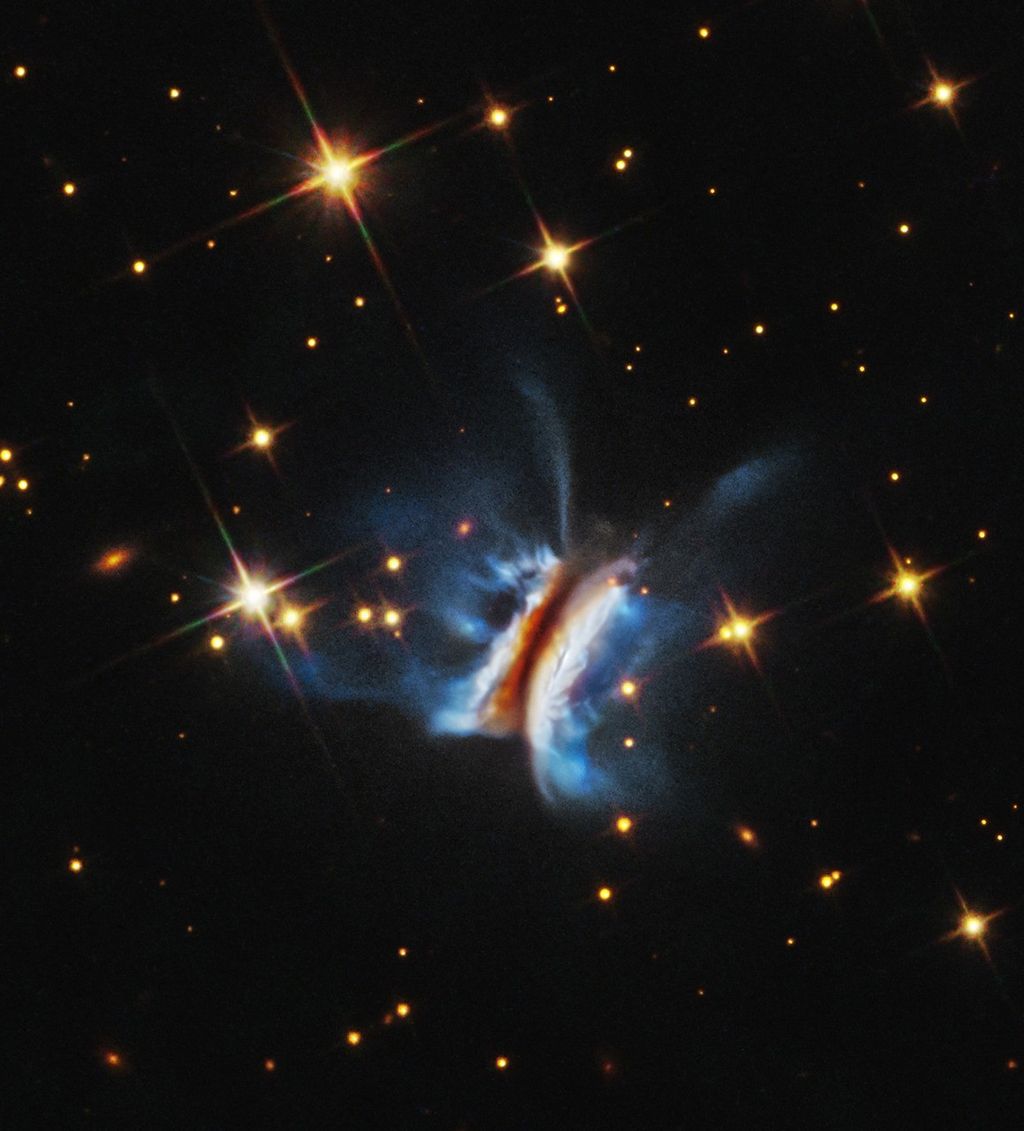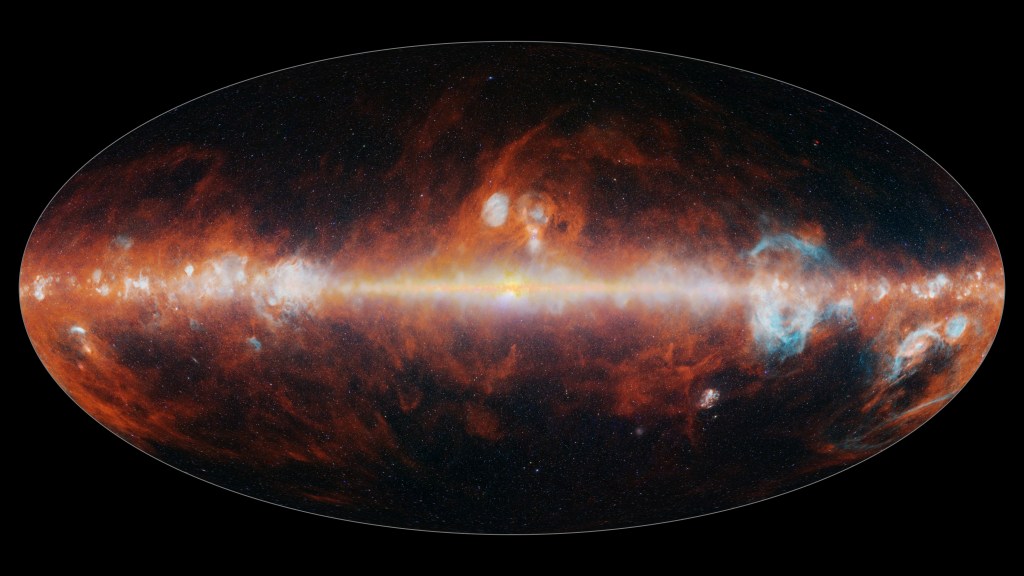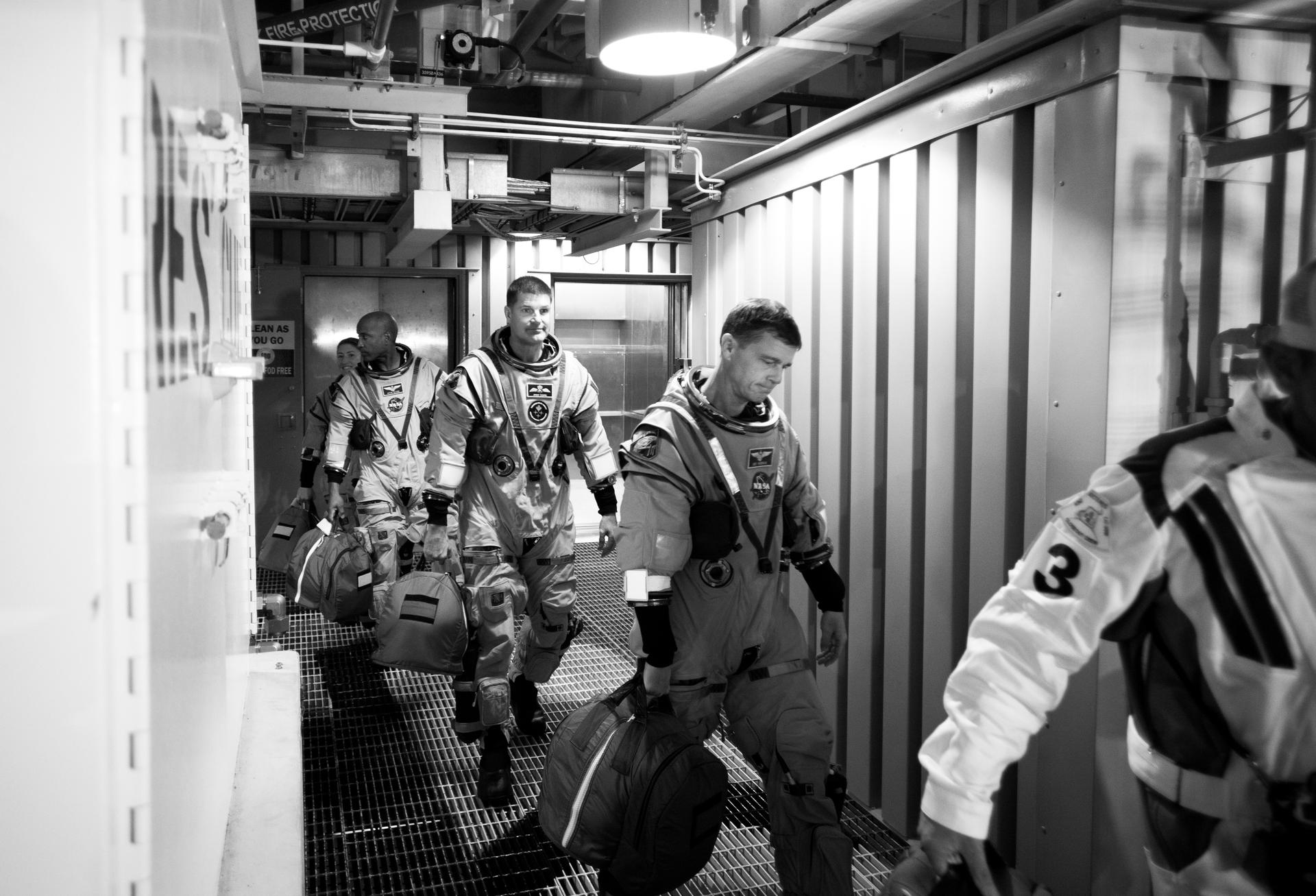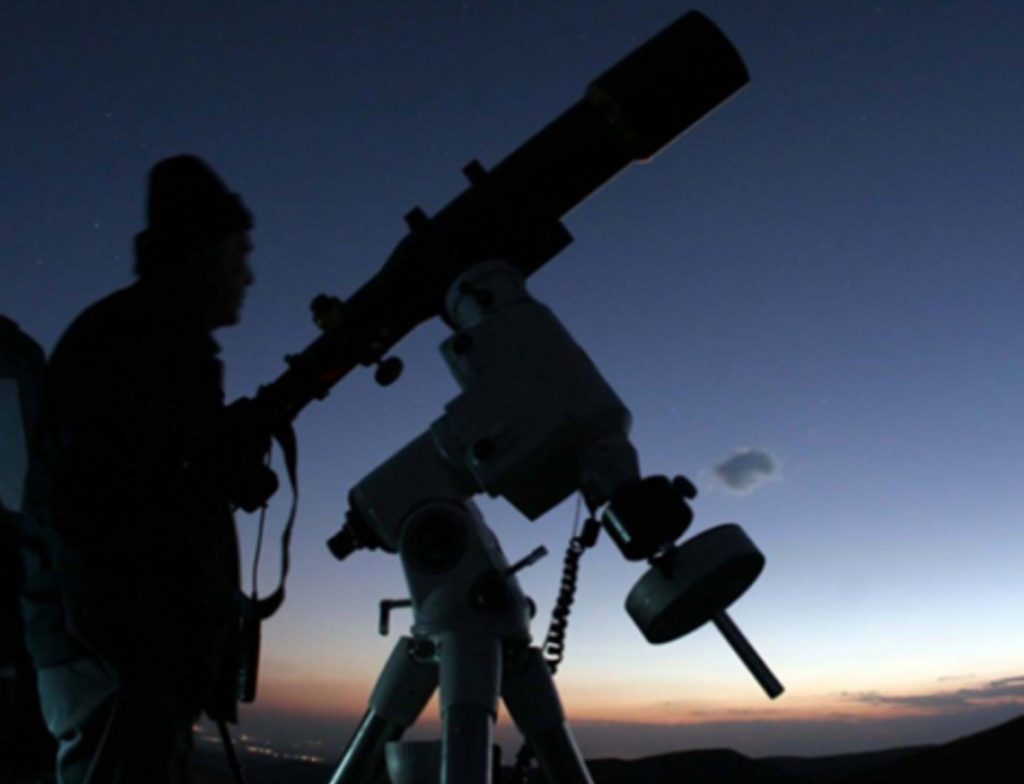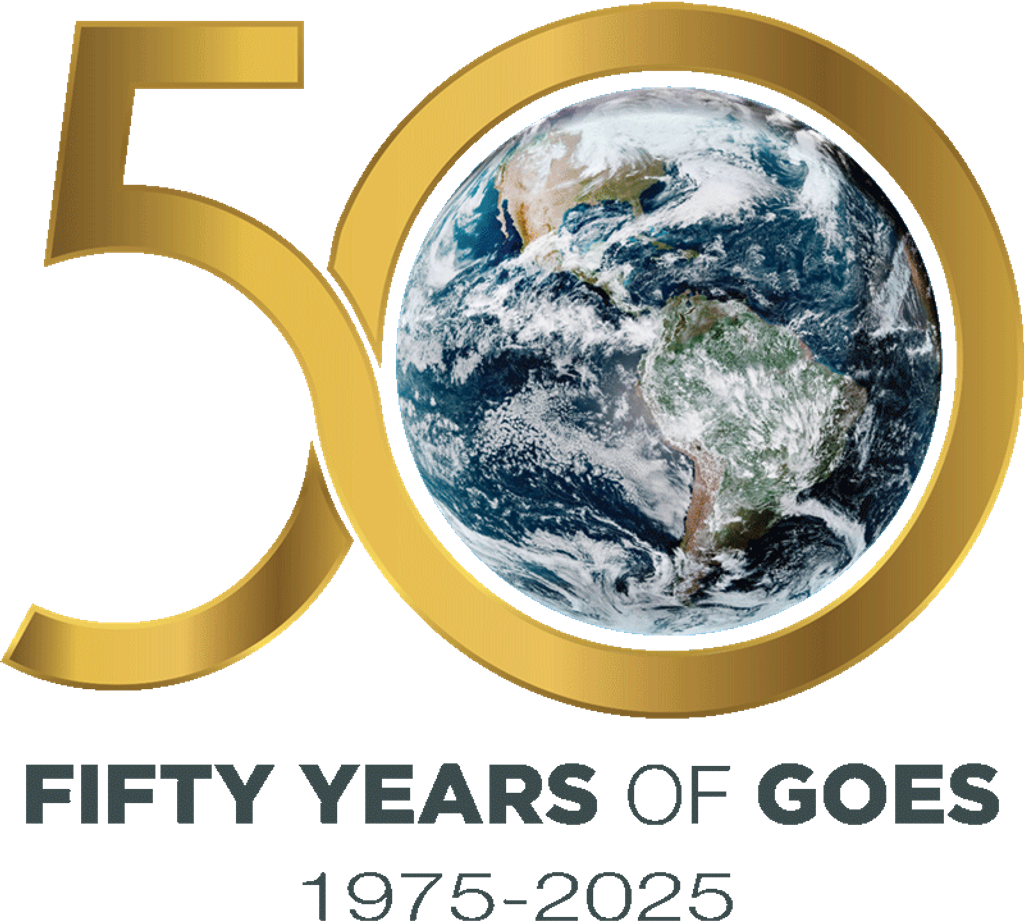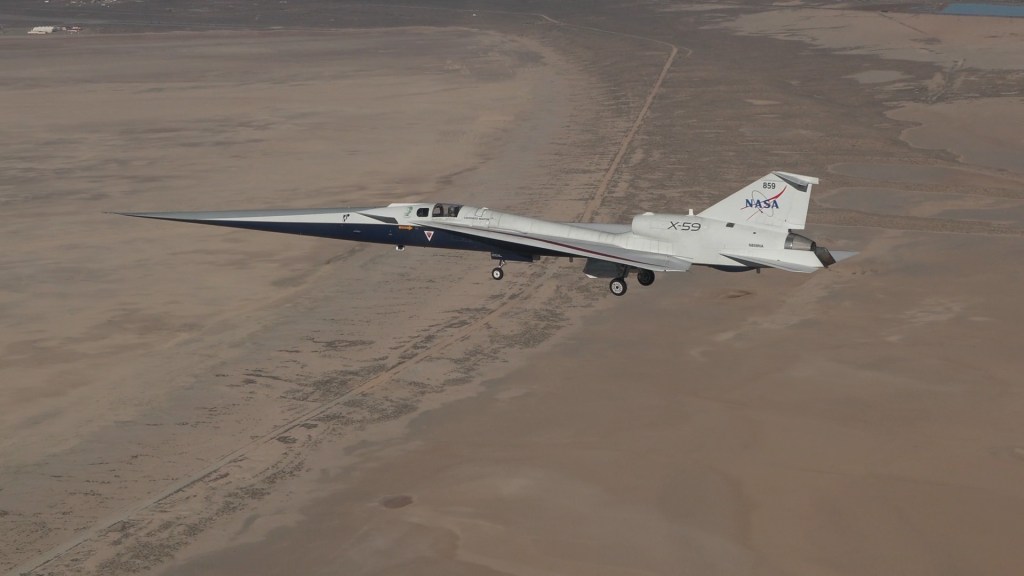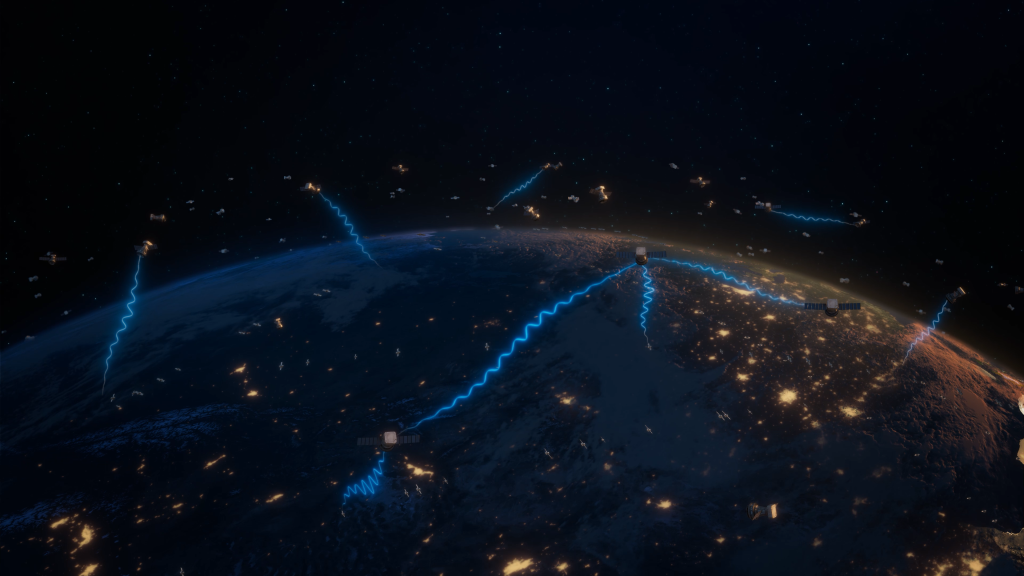NASA’s ESCAPADE Launch Shifted by Solar Storms, Now Targeting Nov. 13
NASA postponed the launch of its ESCAPADE (Escape and Plasma Acceleration and Dynamics Explorers) mission on Nov. 12 due to highly elevated space weather activity that evolved into the most intense geomagnetic storm of 2025. The next launch attempt is today, beginning with a launch window that opens at 2:57 p.m. EST.
Several eruptions on the Sun resulted in a series of coronal mass ejections, which created severe geomagnetic storms in early November. On the evening of Nov. 11, a powerful storm ranked at the G4, or “severe,” rating, causing widespread auroras seen as far south in the United States as Arizona, New Mexico, Texas, and Florida.
On Nov. 12, the NOAA (National Oceanic and Atmospheric Administration) Space Weather Prediction Center reported a geomagnetic storm that had the potential to reach the conditions of a G4 ranking or higher around 12 p.m. EST. The G4 rank is the second highest level on NOAA’s scale, indicating elevated risks of serious disturbances to Earth’s magnetic field and increased radiation exposure. The risk of the severe disturbance led NASA leadership to postpone the launch until the storms subside.
While the twin ESCAPADE spacecraft are designed to study space weather at Mars, shortly after launch the mission will undergo a commissioning period, involving important health checks and establishing initial communications with mission control on the ground, as well as critical events like solar panel deployment. The severe geomagnetic storms had elevated the risk of intense solar radiation exposure that could disrupt these activities.
These space weather storms highlight the importance of studying the Sun and its impacts on astronauts and technology in space. Although space weather can cause breathtaking auroras, strong geomagnetic storms also have the potential to disrupt modern technologies such as communications and power grids and could pose a risk to astronauts. NASA’s heliophysics mission fleet contributes the information needed to improve predictions of major solar events, allowing forecasters to give operators improved lead time required to take precautionary actions that protect vital infrastructure, economic interests, and national security on Earth and in space.
When ESCAPADE arrives at Mars, it will help us create similar capabilities at the Red Planet, which could protect future astronaut explorers and robotic space missions there.
The launch delay does not risk ESCAPADE’s ability to reach Mars, thanks to the mission’s pioneering launch trajectory, which allows extra time to launch. In the past, Mars missions only had a brief window of time to launch when Earth and Mars are aligned, occurring roughly every two years. However, the ESCAPADE spacecraft are taking a new approach.
Once launched, the ESCAPADE spacecraft will make a detour around a location in space called Lagrange point 2, where the spacecraft will use less fuel and enter a “loiter” or “Earth-proximity” orbit around Earth. Currently, Earth and Mars are on opposite sides of the Sun, making it hard to travel from one planet to the other. When Earth and Mars are more closely aligned in their orbits next year, ESCAPADE will loop back to Earth and use our planet’s gravity to slingshot toward Mars. This type of trajectory allows ESCAPADE—and future missions —to launch nearly anytime, not just during the direct Earth-Mars alignment that happens about every two years.
The ESCAPADE mission is funded by NASA’s Heliophysics Division and is part of NASA’s Small Innovative Missions for Planetary Exploration program. The mission is led by the University of California, Berkeley’s Space Sciences Laboratory, with key partners including Rocket Lab; NASA’s Goddard Space Flight Center in Greenbelt, Maryland; Embry Riddle Aeronautical University; and Advanced Space LLC. NASA’s Launch Services Program, based at Kennedy Space Center in Florida, secured the launch service with Blue Origin under the VADR (Venture-class Acquisition of Dedicated and Rideshare) contract.
Follow along for more launch updates on the ESCAPADE blog.
By Desiree Apodaca
NASA’s Goddard Space Flight Center, Greenbelt, Md.

